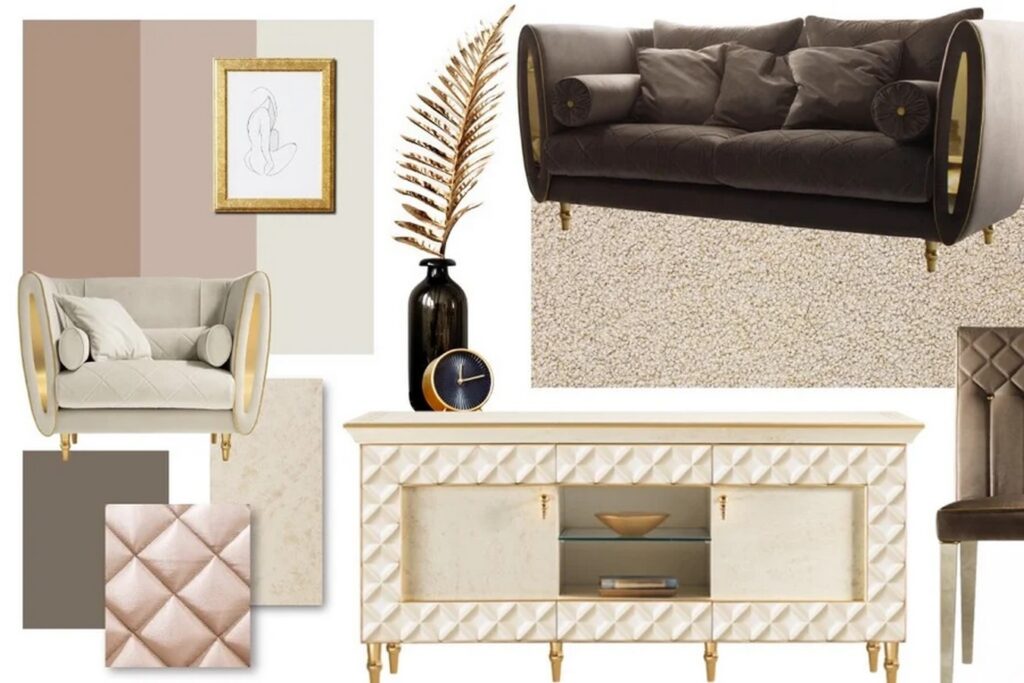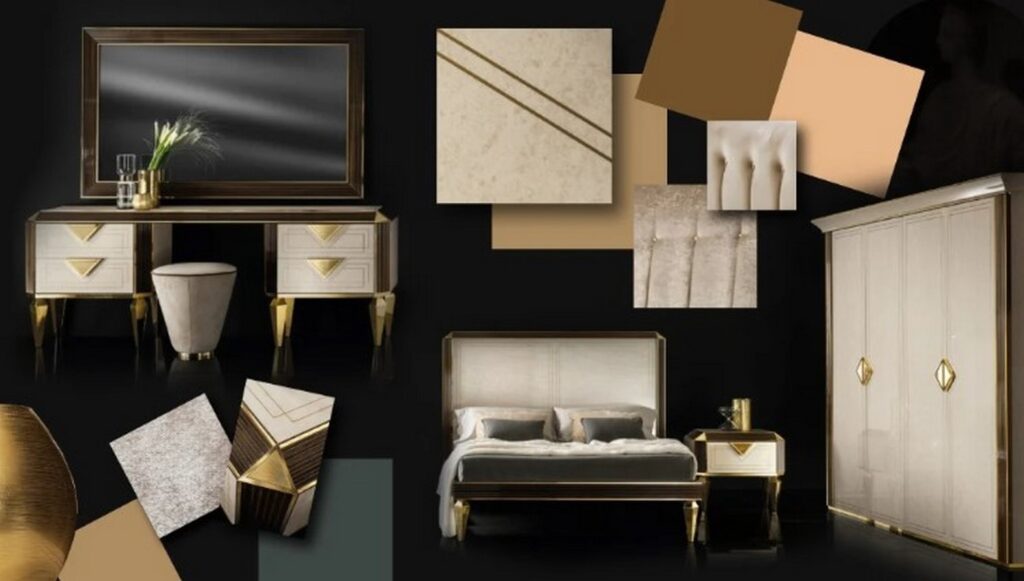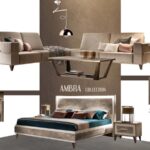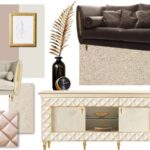In the realm of interior design, creating a comprehensive vision for a space is paramount. Among the many steps involved in this process, crafting a moodboard stands out as a crucial tool for visually conceptualizing the elements that will bring a room to life.

What is a Moodboard?
A moodboard is a visual collage that encapsulates the essence of an idea or concept. Comprising cutouts, samples, color palettes, and imagery, it serves as a conceptual map that communicates the intended personality and ambiance of a space.
Why Create a Moodboard?
Crafting a moodboard is essential for articulating the style and direction of an interior design project. It enables clients to immerse themselves in the envisioned atmosphere and aids designers in ensuring coherence and harmony in their proposals.

How to Create an Interior Design Moodboard
Creating a moodboard requires careful planning and attention to detail. Here are seven tips to guide you through the process:
- Identify Your Customer and Their Style: Understand the preferences and expectations of your client or yourself if you’re designing for personal use. Incorporate elements that resonate with the desired aesthetic and functionality.
- Analyse the Space Available: Consider the physical environment where the design will come to life. Factors such as location, existing furnishings, and spatial characteristics influence design choices and help in selecting appropriate styles and materials.
- Choose Your Color Palette: Select a cohesive color palette that sets the tone for the moodboard and, subsequently, the room. Harmonize colors to evoke the desired emotions and create visual cohesion throughout the space.
- Gather Visual Material: Curate a collection of images, samples, and references that align with the envisioned style. Explore various sources, including magazines, books, and online platforms, to find inspiration and create a diverse yet coherent moodboard.
- Define the Format and Layout: Decide on the arrangement of elements within the moodboard, considering factors such as composition, hierarchy, and visual balance. Experiment with different layouts to convey the intended message effectively.
- Don’t Get Emotionally Attached: Maintain objectivity throughout the design process and be open to revisions and modifications. Avoid becoming overly attached to specific elements, as flexibility is key to accommodating changes and evolving ideas.
- Make More Than One Moodboard: Explore multiple iterations of the moodboard to explore different design directions and possibilities. Presenting alternative options to clients allows for greater flexibility and ensures alignment with their preferences.
Create a Digital Moodboard
While traditional moodboards involve physical collages, digital alternatives offer versatility and convenience. Utilize online platforms and design software such as Canva, Niice, or Pinterest to create digital moodboards that are easily shareable and editable.

Actualize Your Projects with a Moodboard
In summary, a moodboard serves as a powerful tool for translating abstract concepts into tangible design solutions. By curating a visually compelling collage, designers can effectively communicate their vision, excite clients, and guide the realization of interior design projects.






Leave a Reply